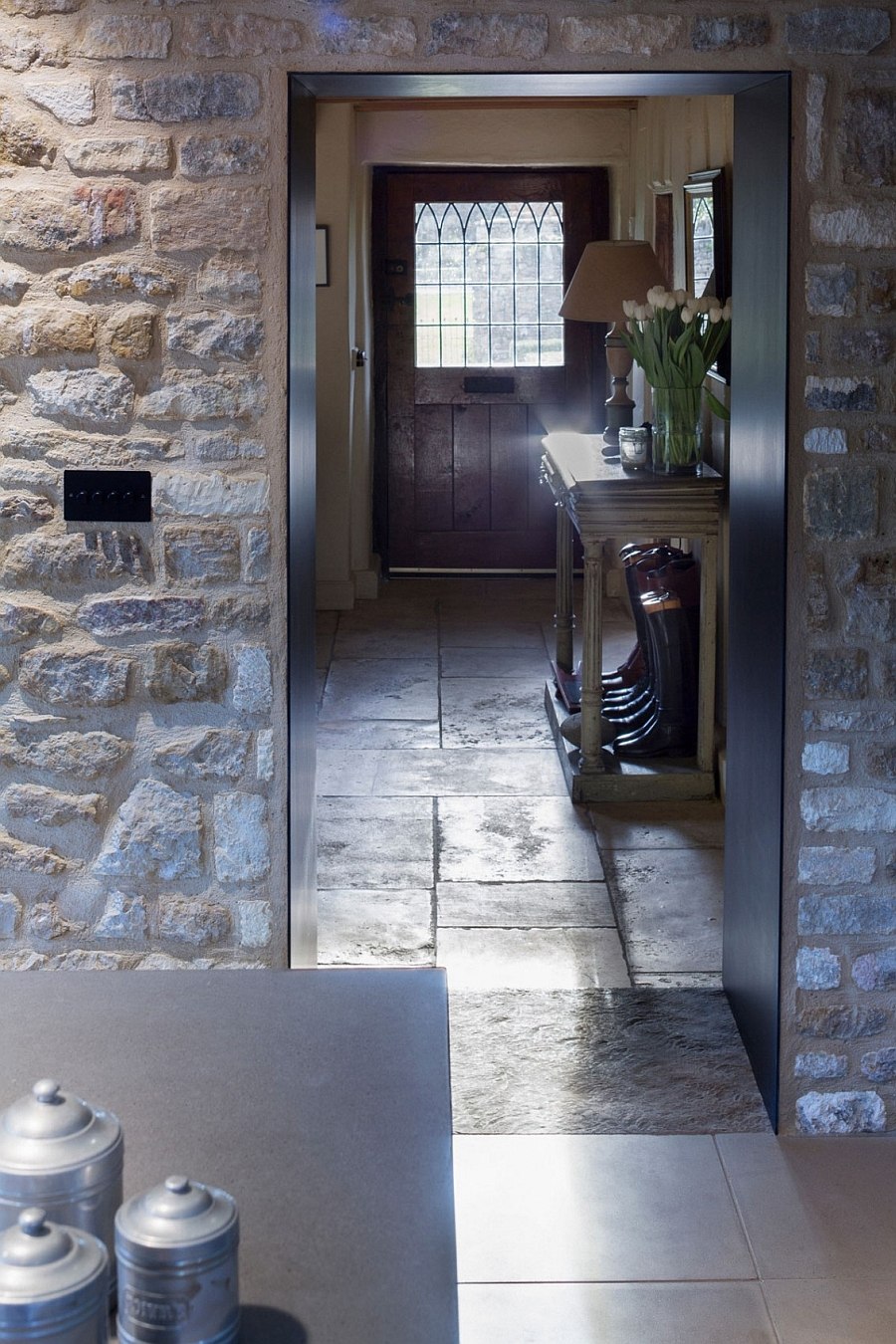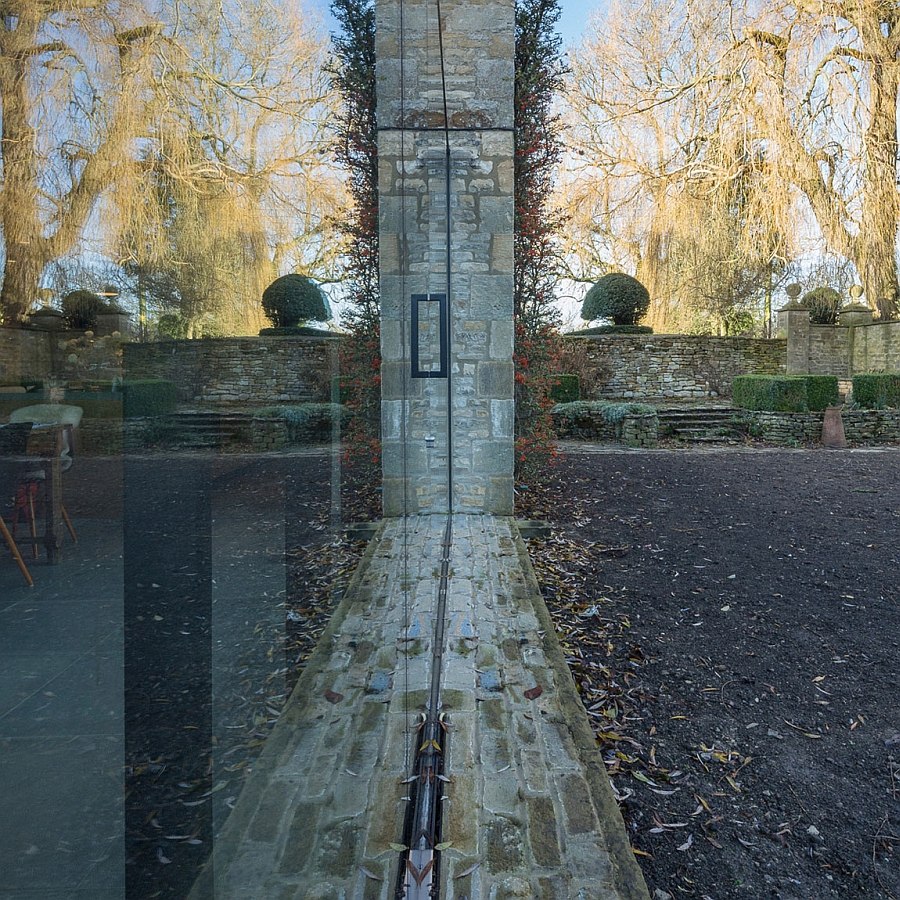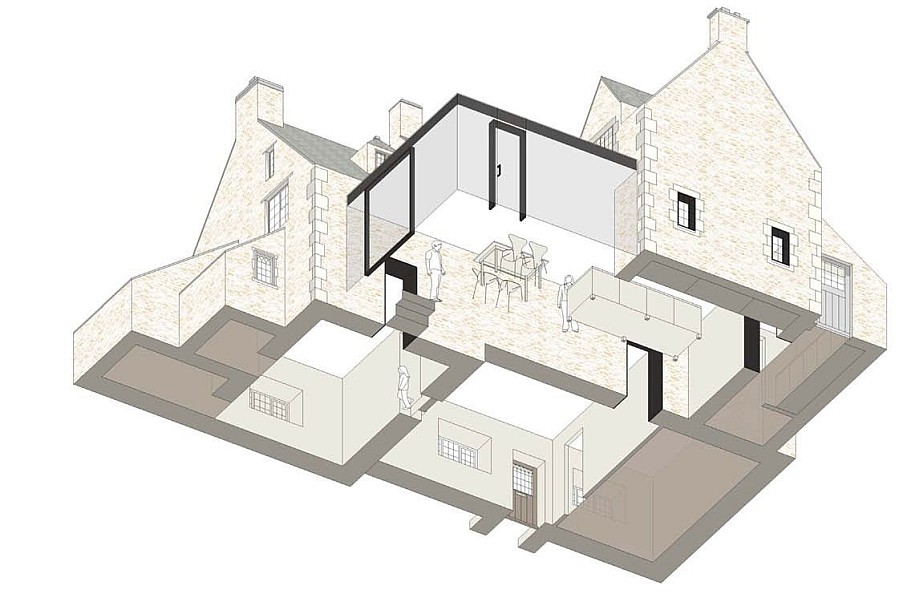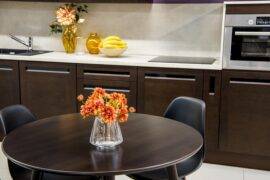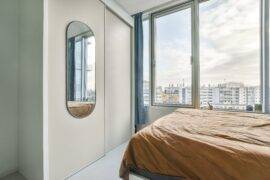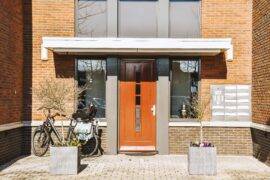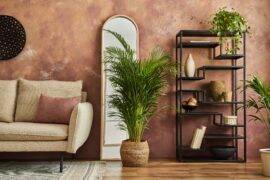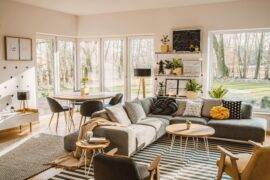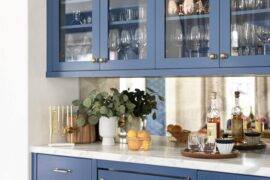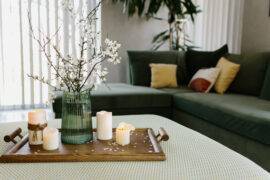It has been a year of amazing design inspiration, and ingenious renovations have led the way with their unique blend of the old and the new. Adaptive reuse has been one of the top themes of the architectural world in 2014, and it is set to continue for years to come as homeowners and architects turn towards more sustainable and cost-effective design practices. So what better way to cap off this year and head into 2015 than by taking a look at this fabulous 17th century Grade II Listed cottage in Oxford, England that has acquired a smart contemporary extension! A project completed by Jonathan Tuckey Design in collaboration with Eastabrook Architects, the Yew Tree House steals the show with its innovative makeover.
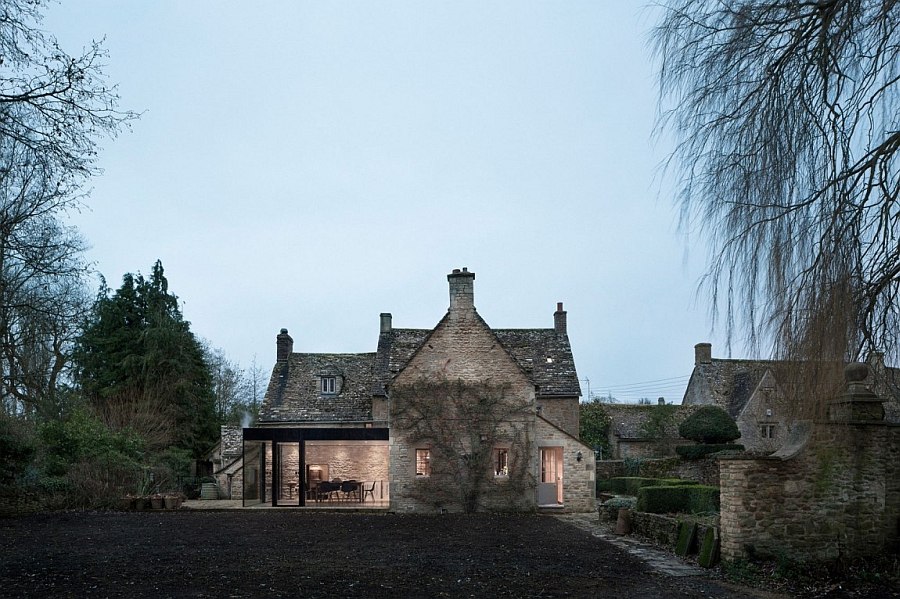
Adding a contemporary extension to a timeless structure is always a risky proposition, as one needs to take both the aesthetic and structural demands into consideration. Architects decided to go for a glazed, glass pavilion with a dark steel and aluminum frame so as to make the transition from the stone walls to the contemporary materials as elegant as possible.
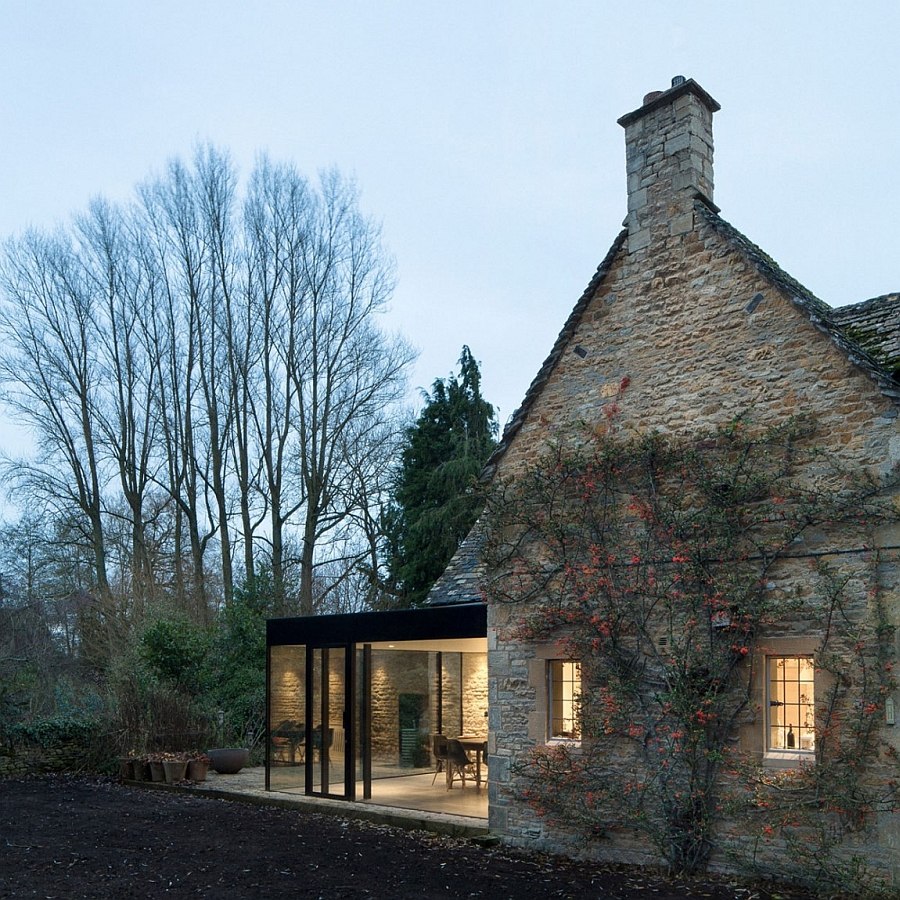
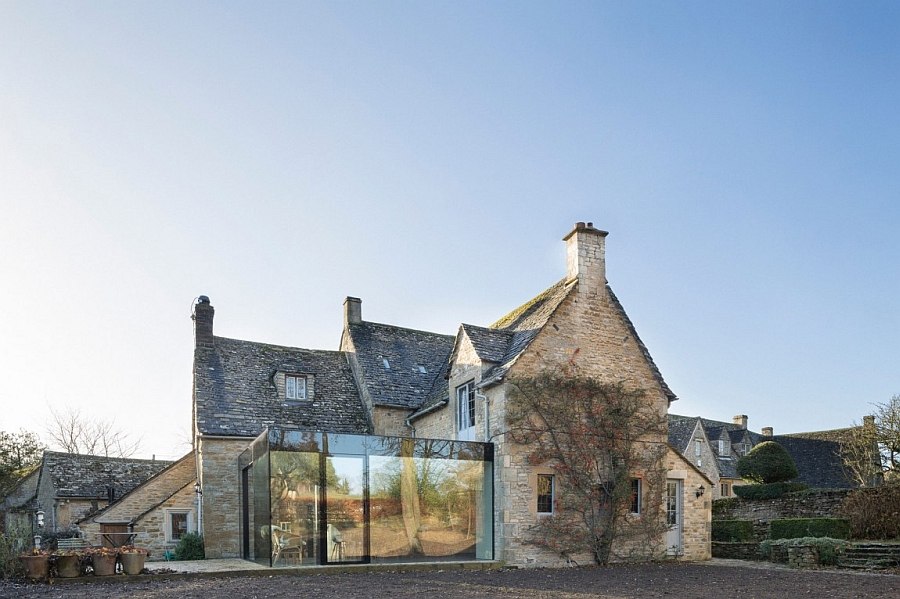
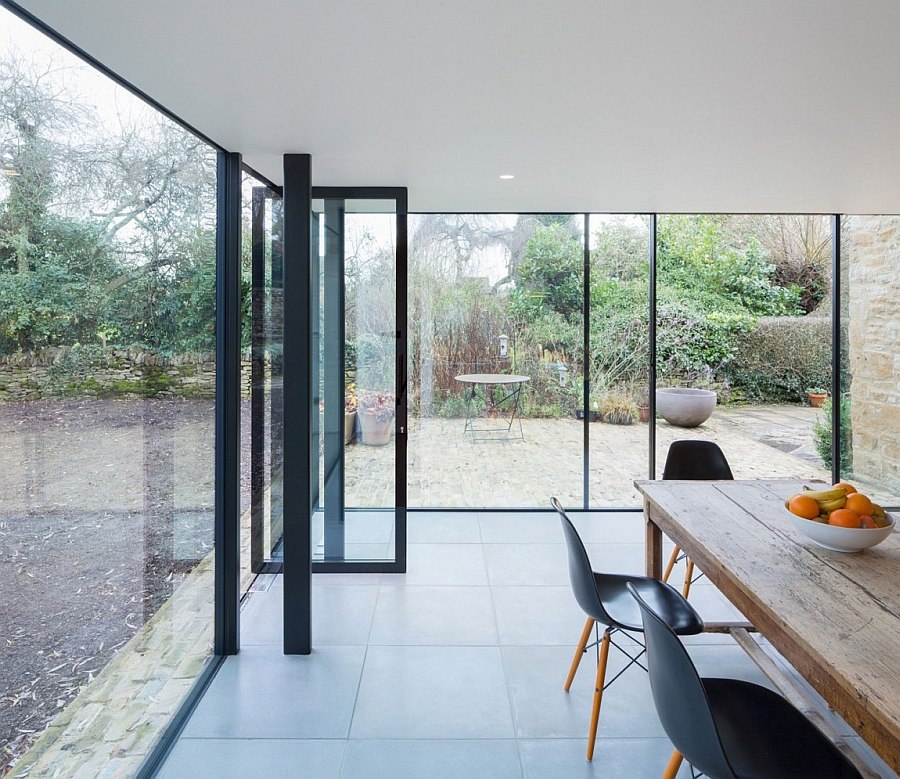
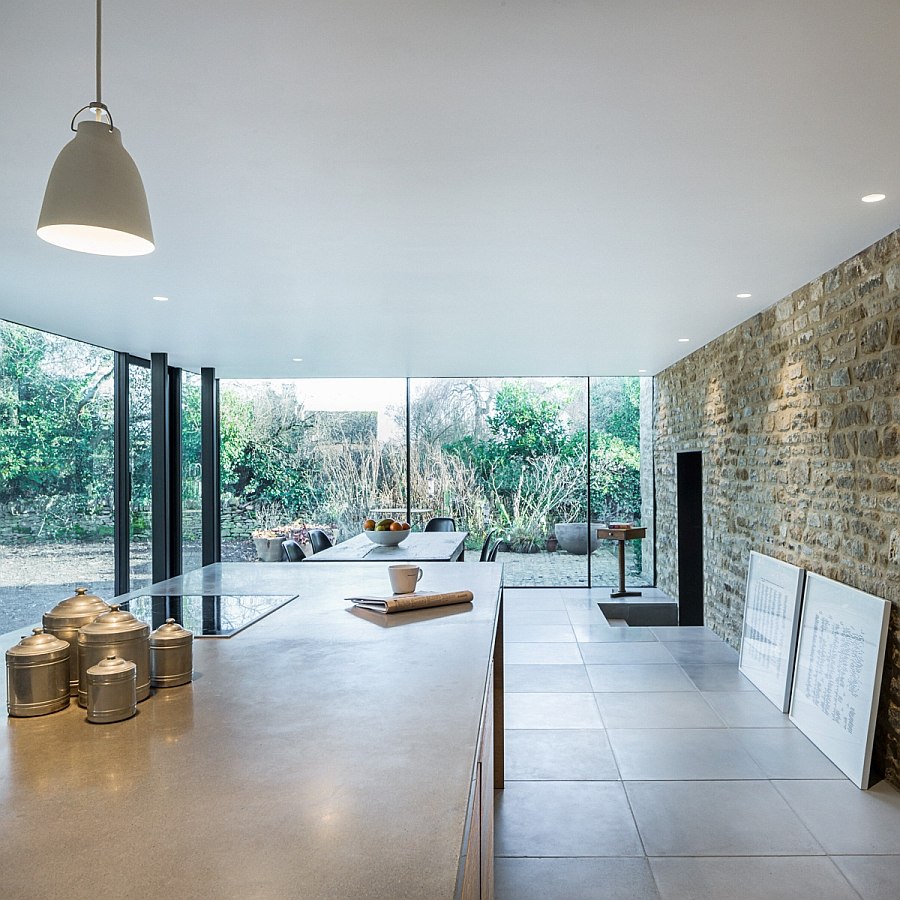
By utilizing a lightweight single-ply roof, the need for additional support beams was eliminated, and the pre-cast concrete floor tiles and kitchen island complement the old façade. The color palette is kept as simple and neutral as possible, and sliding glass doors ensure that the extension is always connected with the garden landscape.
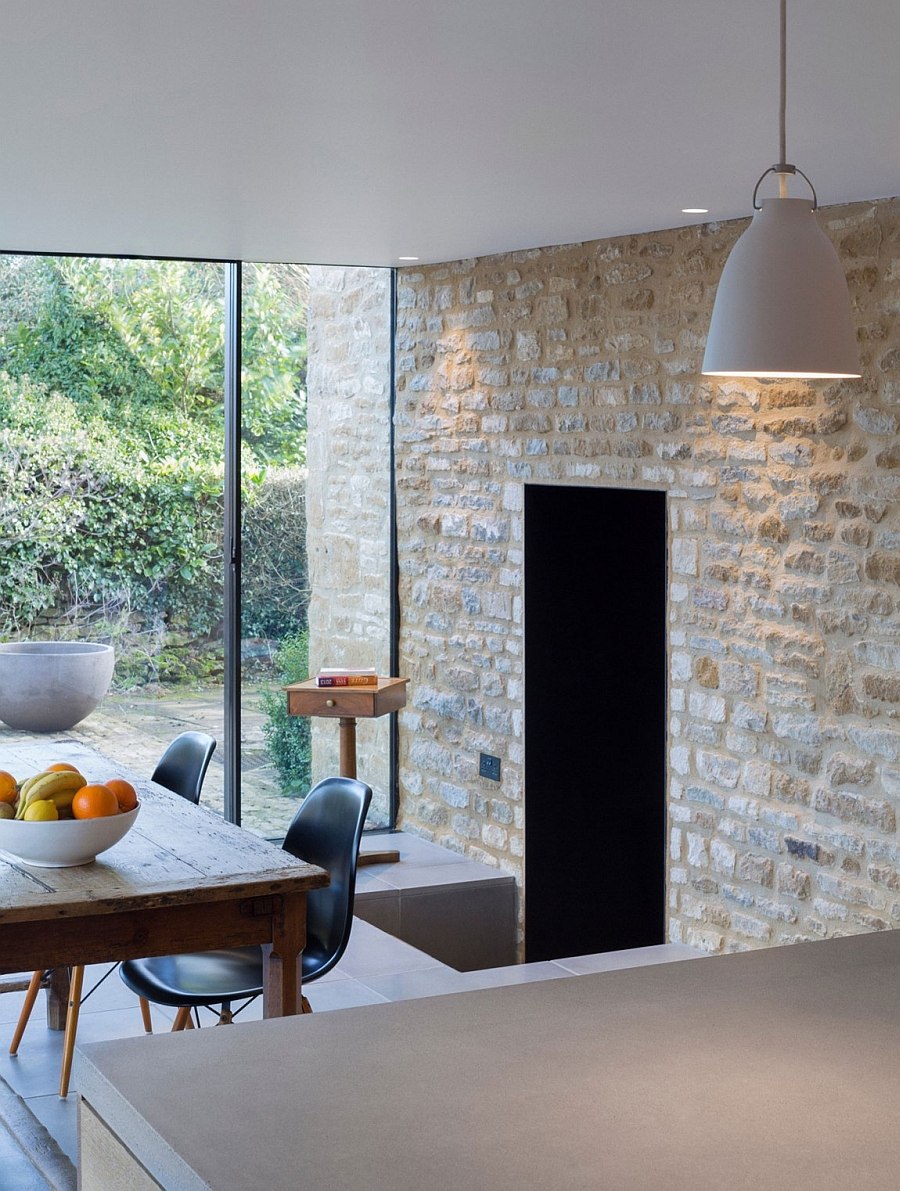
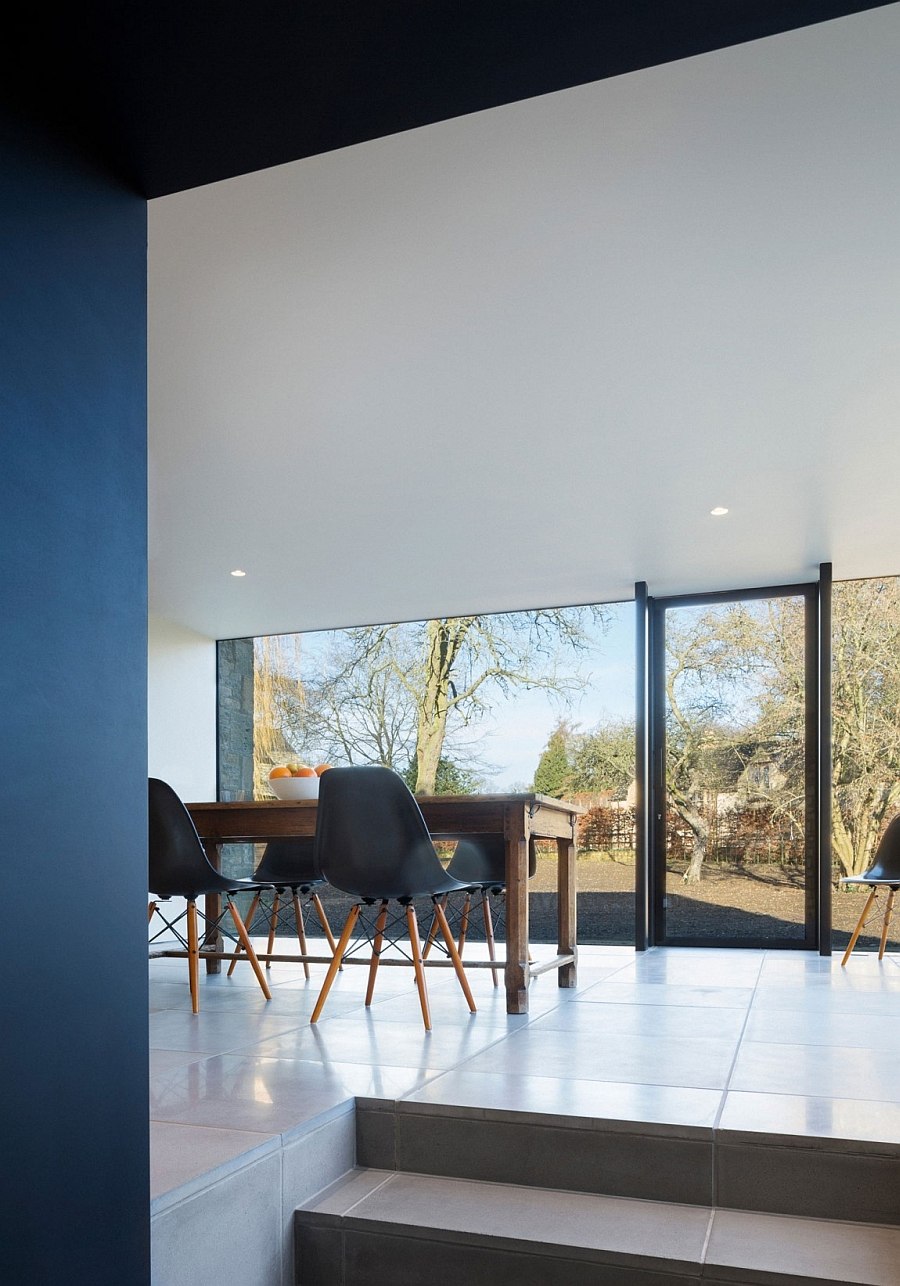
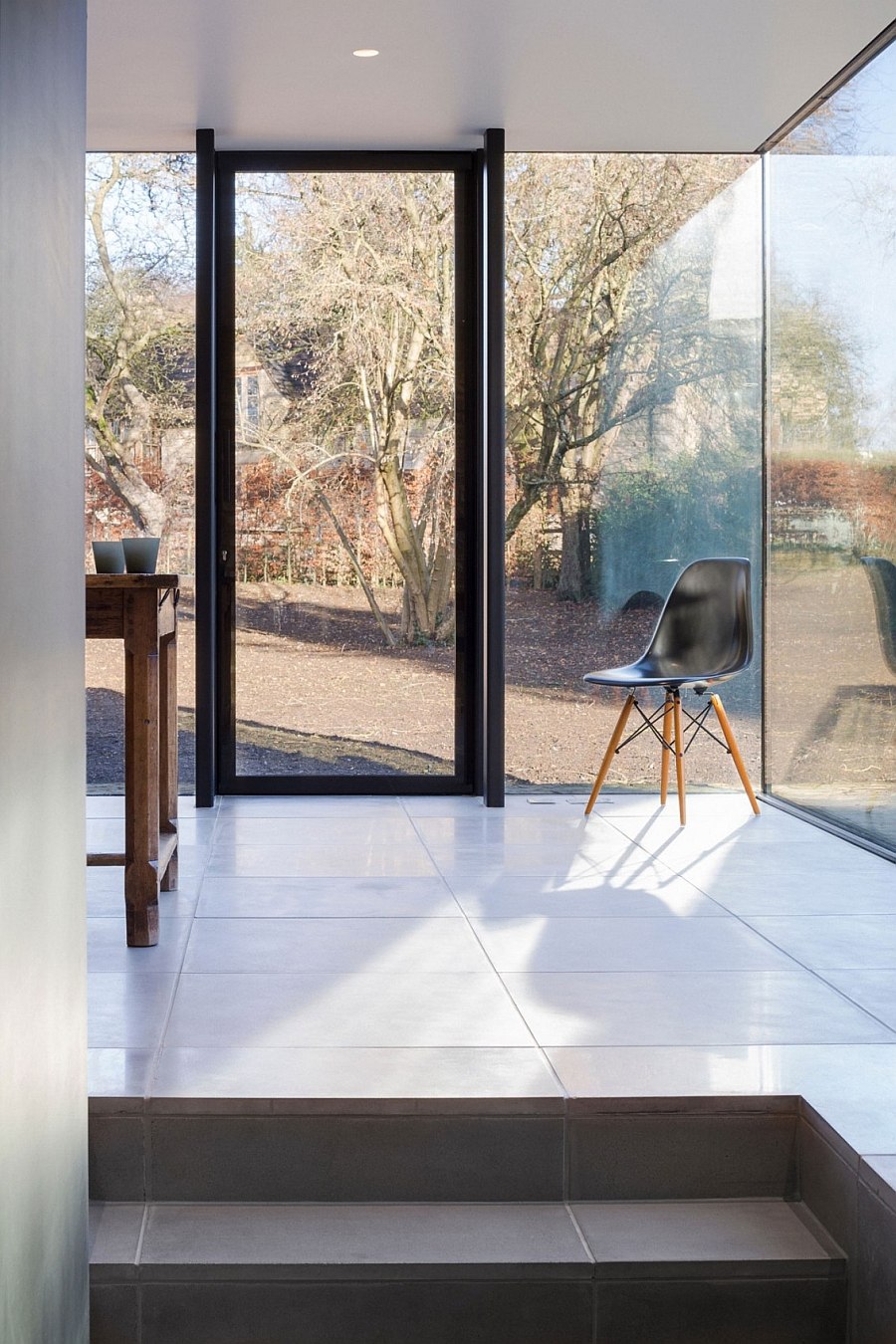
The idea was to create an extension that worked subtly with the landscape. Great care was taken in how the extension meets the ground, and the proportions of the supporting steel beams and singly-ply flat roof. The desire was to move away from a box aesthetic…
